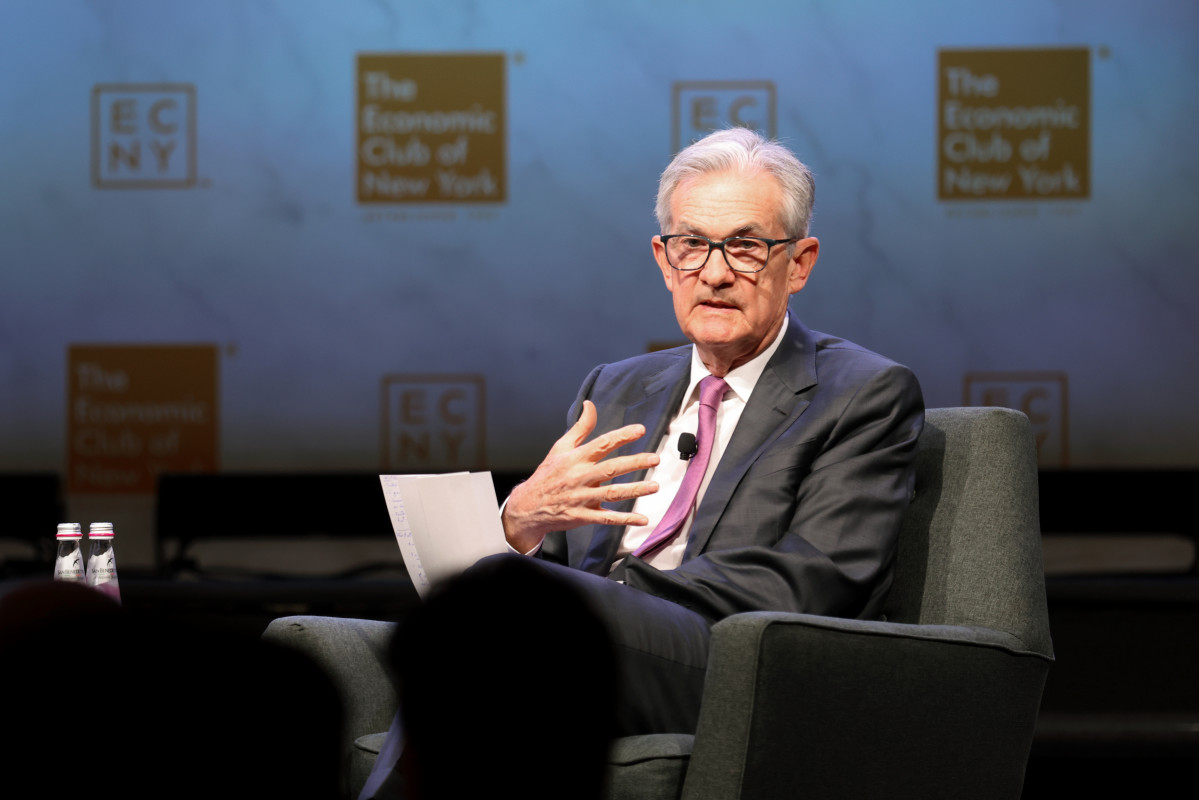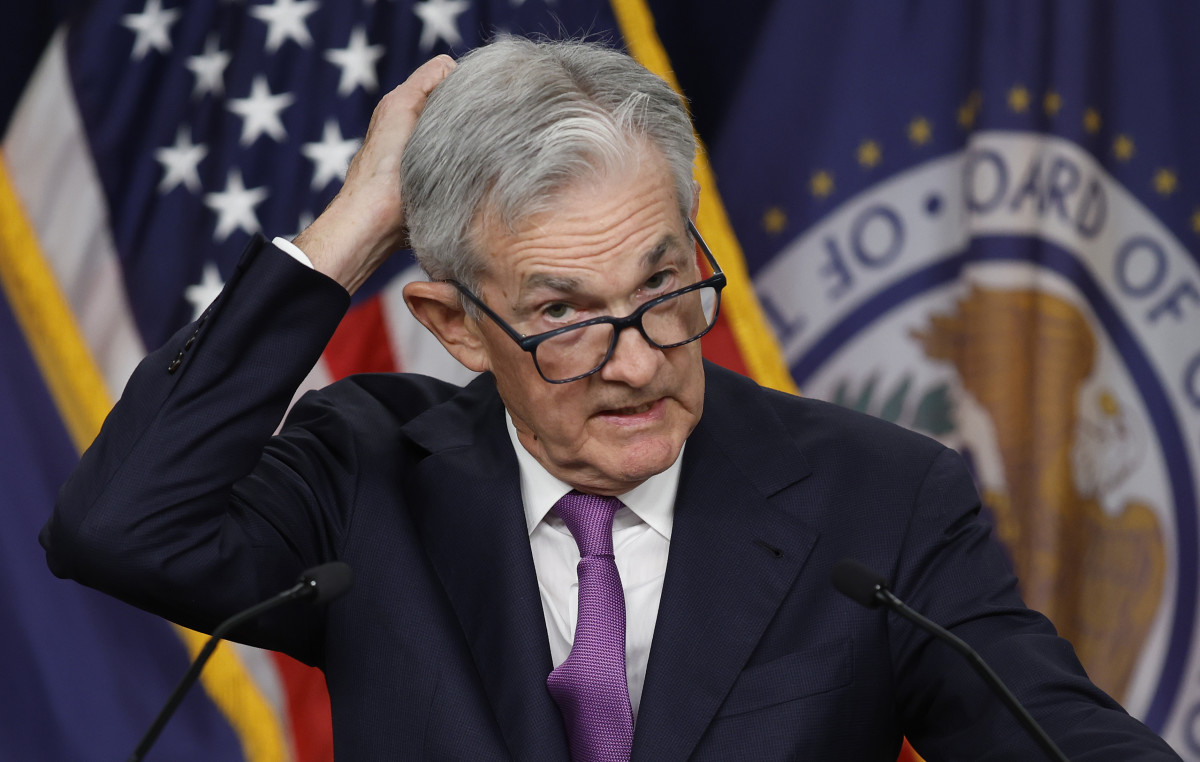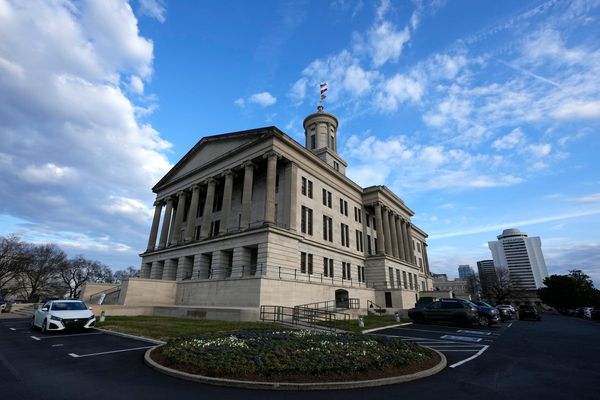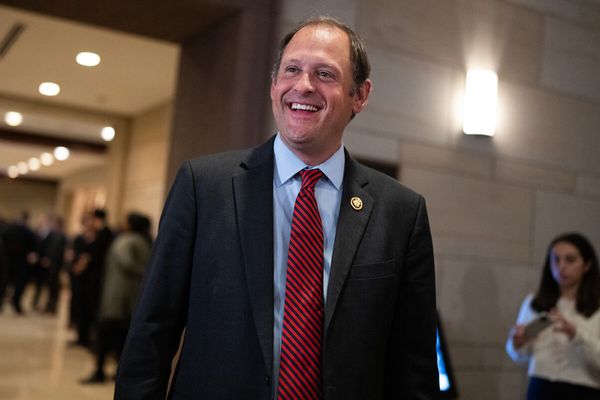
Recent news has gyrated between a strong and a weak economy, resulting in continuously shifting forecasts for Federal Reserve interest-rate policy.
The latest big development was Friday’s report that nonfarm payrolls rose 272,000 in May, smashing expectations and making predictions of Fed interest-rate cuts more cautious.
Interest-rate futures don’t point to the Fed trimming rates until September or November, according to CME's FedWatch Tool. The Fed next meets June 11-12 and following that in July.

Before the jobs data, investor sentiment had moved to more aggressive expectations for Fed rate cuts. One major reason for that was the slim 1.3% annualized gain in economic growth for the first quarter.
The rise in consumer spending during that quarter was revised down to 2% from 2.5% in the previous government estimate of first-quarter growth. That’s important because consumer spending accounts for more than two-thirds of GDP.
As economic expectations have fluctuated this year, market projections have ranged from just one Fed rate cut in 2024 to seven. Interest-rate futures now point to one or two rate cuts this year.
What’s the Fed’s next rate move?
“The next move that the Fed is going to make is ultimately going to be one that protects the strength of the labor market [i.e. a rate decrease], rather than one in which they need to fight inflation,” Kelsey Berro, fixed-income portfolio manager at JP Morgan Asset Management, told Bloomberg.
Keep in mind that the Fed’s favored inflation indicator, the personal consumption expenditures price index, showed 2.7% year-on-year inflation in April, well above the central bank’s 2% target. So a rate cut isn’t a slam dunk.
Related: Former Treasury official unveils startling interest rate prediction
Torsten Slok, chief economist of Apollo Global Management, has predicted no rate reductions this year.
And Harvard economist Larry Summers, former Treasury secretary, sees a 15% to 25% chance that the Fed’s next move is a rate hike. Summers maintains that the neutral federal funds rate is actually 4.5%, well above the 2.6% median estimate of Fed officials. The rate now stands at 5.25%-5.5%.
The Fed-controlled federal funds rate applies to overnight interbank loans. The neutral federal funds rate helps sustain buoyant economic growth without driving inflation above the central bank’s target.
Goldman Sachs views the Fed's dot plot
Goldman Sachs economists expect the Fed to cut rates twice this year – in September and in the fourth quarter.
Related: Jamie Dimon delivers startling message about inflation
They have cut their forecast for annualized second-quarter GDP growth to 2.1% from 2.7% previously. That’s well below the 3.1% estimate from the Atlanta Fed’s GDPNow forecasting tool.
Goldman’s reduction of its estimate stems from a big widening of the trade deficit in April and a slight 0.1% gain in inventories during April. A trade deficit subtracts from GDP and inventories add to it.
At their meeting this week, Fed officials will offer their estimates of what the central bank will do to interest rates for the remainder of the year. This is the so-called dot plot. The dots represent each official’s forecast.
In the last dot plot, in March, Fed officials’ median forecast called for three rate cuts this year. Goldman economists see that number falling to two this time around.
More Economic Analysis:
- Surprise jobs report pummels Fed rate-cut bets
- Jobs report to highlight shift from hot inflation to cooling labor market
- Fed doesn't want to talk about stagflation. It might not have a choice.
“We think the [Fed’s] leadership would prefer a two-cut baseline to retain flexibility, but a one-cut baseline is a possible risk, especially if core CPI [consumer price index] surprises to the upside on Wednesday,” they wrote in a commentary.
They predict the core CPI, which excludes food and energy, will show a 0.11% gain in May from April. That’s a sliver above the 0.1% consensus forecast.
As for interest rates, higher rates mean more income from your savings accounts and money-market funds. But they also mean higher payments for your home, auto, credit-card, student and bank loans. Falling interest rates have the opposite effects.
Related: Veteran fund manager picks favorite stocks for 2024







